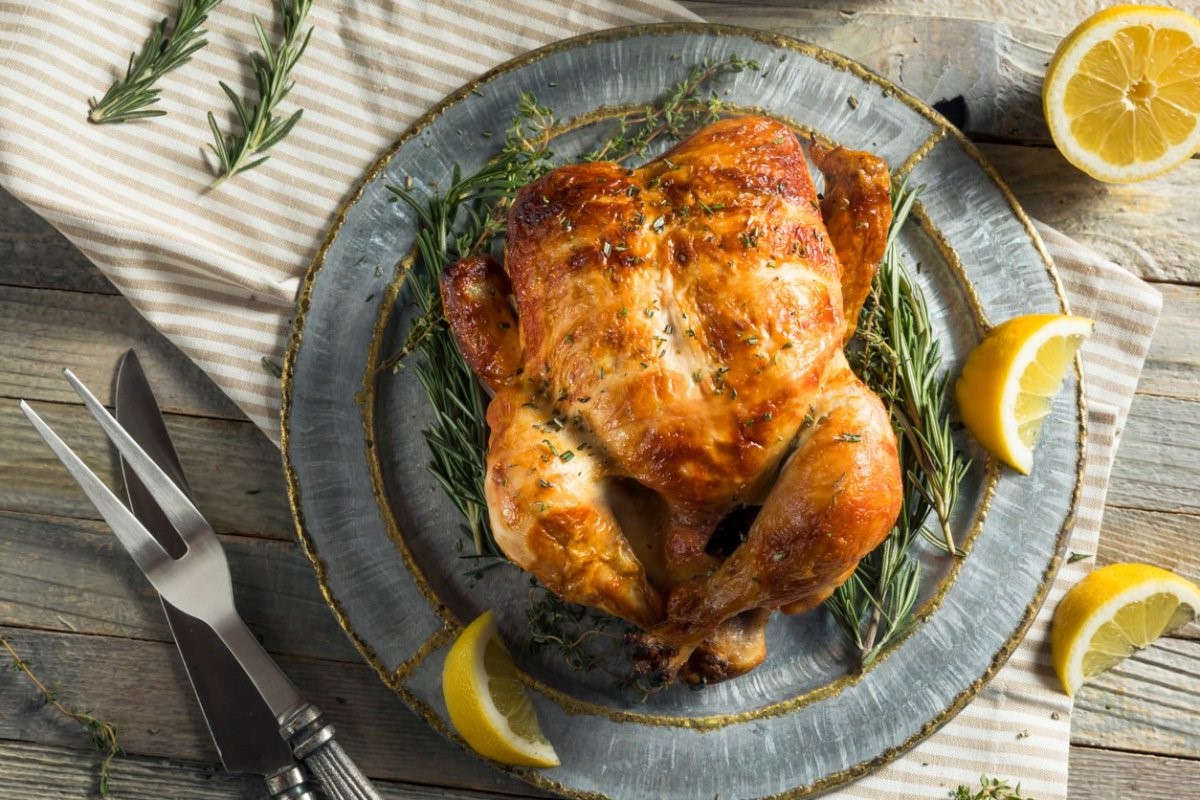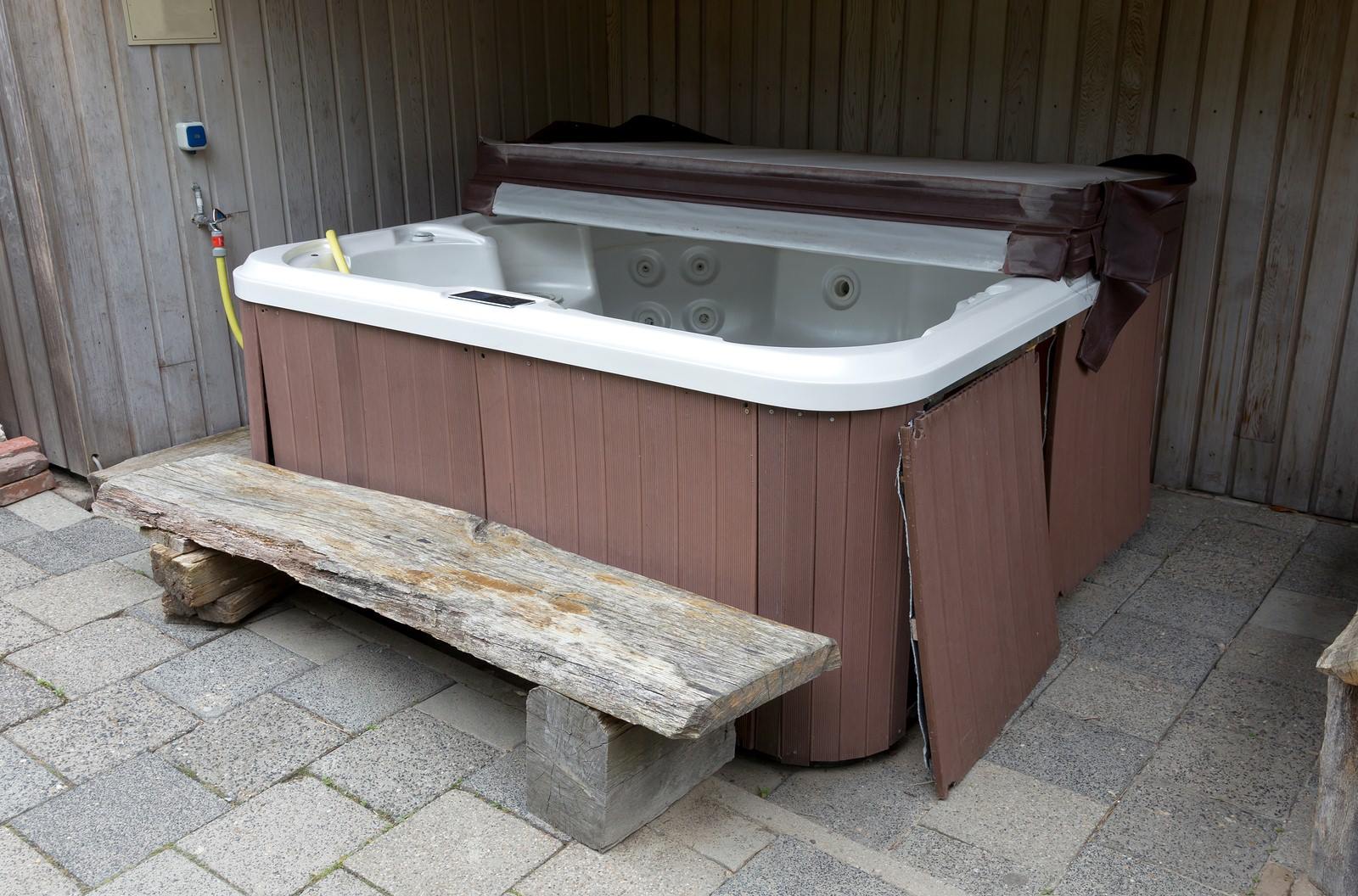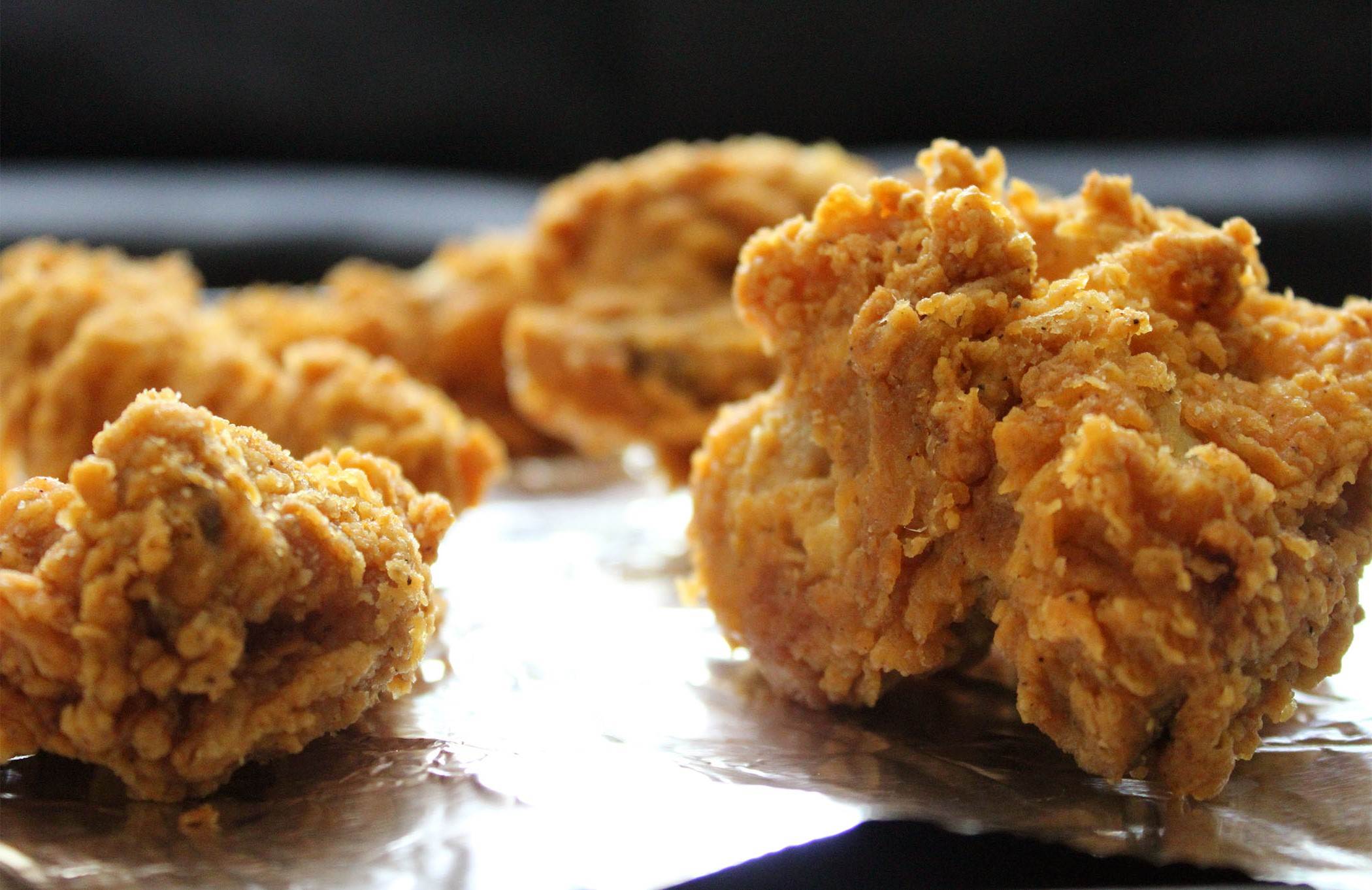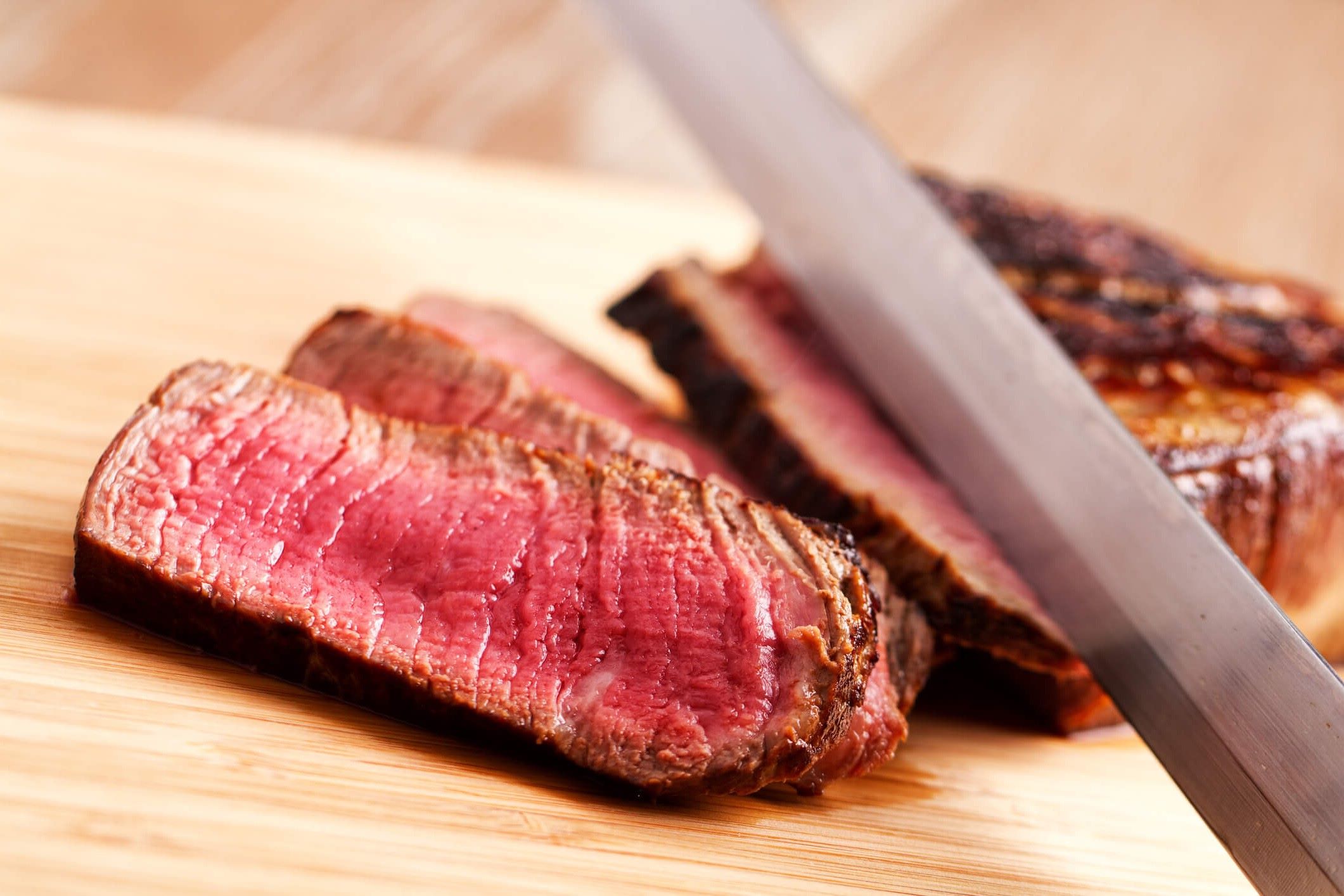Home>Food and Cooking>How To Properly Reheat A HoneyBaked Ham: Step-by-Step Instructions
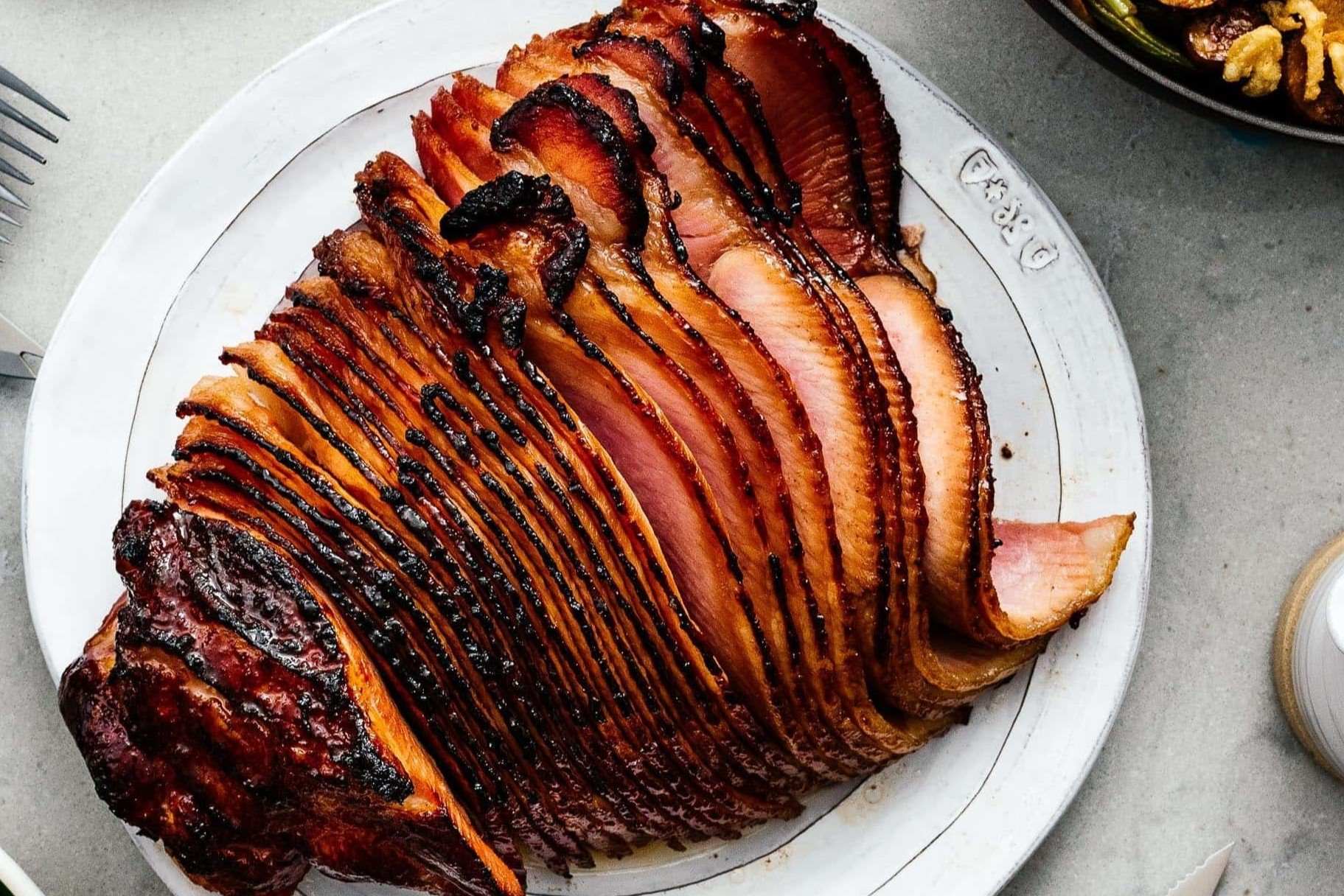

Food and Cooking
How To Properly Reheat A HoneyBaked Ham: Step-by-Step Instructions
Published: February 29, 2024
Learn how to properly reheat a HoneyBaked Ham with our step-by-step instructions. Perfect for food and cooking enthusiasts!
(Many of the links in this article redirect to a specific reviewed product. Your purchase of these products through affiliate links helps to generate commission for Noodls.com, at no extra cost. Learn more)
Table of Contents
Introduction
Reheating a HoneyBaked ham is a culinary art that ensures the succulent flavors and juicy tenderness of the ham are preserved, delivering a delightful dining experience. Whether you're preparing for a festive gathering or simply savoring the delicious leftovers, knowing how to properly reheat a HoneyBaked ham is essential. This comprehensive guide will walk you through the step-by-step process, offering various methods to suit your preferences and time constraints.
As you embark on this culinary journey, it's important to note that the key to reheating a HoneyBaked ham lies in preserving its natural juices and flavors while ensuring it reaches the ideal serving temperature. Whether you opt for the oven, microwave, or slow cooker method, each approach has its unique advantages, allowing you to tailor the reheating process to your specific needs.
By following these expert instructions, you'll unlock the secrets to reviving the delectable essence of a HoneyBaked ham, transforming it into a mouthwatering centerpiece that will captivate the senses and leave your guests craving for more. So, let's dive into the art of reheating a HoneyBaked ham and elevate your culinary prowess to new heights.
Read more: How To Reheat Quiche
Step 1: Preparing the Ham
Before diving into the reheating process, it's crucial to properly prepare the HoneyBaked ham to ensure optimal results. Whether you've stored it in the refrigerator or freezer, these preparatory steps will set the stage for a successful reheating endeavor.
1. Thawing the Ham (If Frozen)
If your HoneyBaked ham is frozen, it's essential to allow ample time for it to thaw properly. The recommended method for thawing a frozen ham is to transfer it from the freezer to the refrigerator. For every 4-5 pounds of ham, approximately 24 hours of thawing time is needed. This gradual thawing process helps maintain the ham's moisture and texture, ensuring it retains its delectable qualities.
2. Unwrapping and Preparing the Ham
Once the ham is fully thawed, carefully unwrap it from its packaging, taking care to preserve any juices that may have accumulated. Place the ham on a clean work surface and inspect it for any excess fat or rind. Trimming off any unwanted portions can enhance the ham's presentation and make it easier to carve after reheating.
3. Preheating the Oven or Slow Cooker
If you plan to reheat the ham using the oven or slow cooker method, preheat the appliance to the recommended temperature. This step ensures that the ham will be placed into an environment conducive to even reheating, allowing the flavors to meld and the internal temperature to rise uniformly.
By meticulously preparing the HoneyBaked ham before reheating, you set the foundation for a culinary masterpiece that will delight the palate and elevate any dining occasion. With the ham thawed, unwrapped, and any excess portions trimmed, you're now ready to embark on the next phase of the reheating process, ensuring that every step is executed with precision and care.
Read more: How To Reheat Tamales
Step 2: Reheating in the Oven
Reheating a HoneyBaked ham in the oven is a time-honored method that allows for gentle and even warming, ensuring that the ham retains its succulent texture and rich flavors. This approach is ideal for those who appreciate the traditional art of cooking and seek to infuse the ham with a tantalizing aroma while achieving a perfect serving temperature.
1. Preparing the Oven
Preheat the oven to 275°F (135°C) to create a gentle and consistent heat environment. This low temperature setting is crucial for slowly reheating the ham without drying it out or compromising its tenderness.
2. Wrapping the Ham
Place the HoneyBaked ham in a shallow roasting pan, ensuring that the pan is large enough to accommodate the ham without crowding. To prevent moisture loss and preserve the ham's juiciness, tightly cover the pan with aluminum foil. This wrapping method helps create a sealed environment that promotes gentle reheating while locking in the ham's natural flavors.
3. Reheating Process
Once the oven reaches the desired temperature, carefully position the roasting pan with the wrapped ham on the center rack. Allow the ham to reheat for approximately 10-12 minutes per pound. For instance, a 10-pound ham would require 1.5 to 2 hours of reheating time. This gradual process allows the ham to warm up uniformly, ensuring that the internal temperature reaches the recommended 140°F (60°C) for serving.
Read more: How To Draw Step By Step
4. Glazing (Optional)
If you desire a caramelized and slightly crispy exterior, consider applying the included glaze during the last 15-20 minutes of reheating. This step adds a delightful finishing touch to the ham, enhancing its visual appeal and imparting a subtle sweetness to complement the savory flavors.
5. Checking for Readiness
To ensure that the HoneyBaked ham is perfectly reheated, use a meat thermometer to verify that the internal temperature has reached 140°F (60°C). Once the desired temperature is achieved, carefully remove the ham from the oven and allow it to rest for a few minutes before carving and serving.
Reheating a HoneyBaked ham in the oven is a labor of love that yields a delectable masterpiece worthy of any dining occasion. By following these meticulous steps, you can savor the rich flavors and tender texture of the ham, creating a culinary experience that will leave a lasting impression on all who partake in its savory splendor.
Step 3: Reheating in the Microwave
Reheating a HoneyBaked ham in the microwave offers a convenient and time-efficient method for enjoying this delectable dish. While the microwave may not impart the same caramelization and aroma as the oven method, it provides a quick solution for those seeking a rapid reheating process without compromising the ham's succulence and flavor.
-
Slicing the Ham
Before reheating, carefully slice the HoneyBaked ham into individual portions of desired thickness. This step facilitates even reheating and allows for better control over the heating process, ensuring that each slice reaches the ideal serving temperature without overcooking. -
Microwavable Dish and Covering
Place the sliced ham in a microwave-safe dish, arranging the portions in a single layer to promote uniform reheating. Cover the dish with a microwave-safe lid or microwave-safe plastic wrap, leaving a small vent to allow steam to escape. This covering method helps retain moisture and prevents the ham from drying out during the reheating process. -
Reheating Time and Power Level
Set the microwave to a medium power level, such as 50% power, to gently warm the ham without overheating or toughening it. Reheat the ham for approximately 1-2 minutes per slice, adjusting the time based on the thickness of the slices and the microwave's wattage. It's essential to monitor the reheating process closely to prevent overheating, as microwave times may vary. -
Checking for Readiness
After the initial reheating cycle, carefully check the internal temperature of the ham using a meat thermometer. The ham should reach a minimum internal temperature of 140°F (60°C) to ensure it is thoroughly reheated and safe for consumption. If necessary, continue reheating in short intervals, checking the temperature after each cycle until the desired temperature is achieved. -
Resting Period
Once the ham reaches the recommended temperature, allow it to rest for a brief period before serving. This resting time allows the juices to redistribute, ensuring that each slice remains moist and flavorful.
Reheating a HoneyBaked ham in the microwave offers a practical solution for enjoying this culinary delight with minimal effort. By following these simple steps, you can savor the exquisite flavors and tender texture of the ham, making it a convenient option for a quick and satisfying meal.
Step 4: Reheating in a Slow Cooker
Reheating a HoneyBaked ham in a slow cooker offers a convenient and hands-off approach that yields succulent and flavorful results. The gentle and gradual heating process of a slow cooker allows the ham to retain its natural juices and tender texture, making it an ideal method for effortlessly preparing a delectable centerpiece for any occasion.
Read more: How To Reheat A Burger
1. Preparing the Slow Cooker
Before initiating the reheating process, ensure that the slow cooker is clean and in good working condition. If desired, lightly coat the interior of the slow cooker with non-stick cooking spray to prevent the ham from sticking during the reheating process.
2. Placing the Ham in the Slow Cooker
Carefully position the HoneyBaked ham in the slow cooker, ensuring that it fits comfortably without overcrowding. If the ham is too large to lay flat, it can be gently curved to fit the shape of the slow cooker. This allows for even heating and ensures that the ham retains its moisture and tenderness.
3. Reheating Time and Temperature
Set the slow cooker to the low heat setting to gently warm the ham without causing it to dry out or become tough. Allow the ham to reheat for approximately 2-3 hours, depending on its size and the specific model of the slow cooker. This gradual heating process allows the flavors to meld and the internal temperature of the ham to rise uniformly, resulting in a perfectly reheated dish.
4. Basting (Optional)
If desired, periodically baste the ham with its natural juices or a preferred glaze during the reheating process. This step enhances the ham's flavor profile and ensures that it remains moist and succulent throughout the slow cooking duration.
5. Checking for Readiness
To verify that the HoneyBaked ham is thoroughly reheated, use a meat thermometer to check the internal temperature. The ham should reach a minimum internal temperature of 140°F (60°C) to ensure it is safe for consumption. Once the desired temperature is achieved, the ham is ready to be served, showcasing its tender texture and rich flavors.
Reheating a HoneyBaked ham in a slow cooker offers a hassle-free and reliable method for enjoying this culinary delight. By following these simple steps, you can savor the exquisite flavors and juicy tenderness of the ham, making it an effortless yet impressive addition to any dining experience.
Step 5: Serving the Reheated Ham
After successfully reheating the HoneyBaked ham using your preferred method, it's time to elevate the culinary experience by presenting the delectable masterpiece to your eager guests. Serving the reheated ham involves more than just placing it on a platter; it's an opportunity to showcase the tantalizing flavors and tender texture that have been meticulously preserved throughout the reheating process.
Carving and Presentation
Begin by carefully transferring the reheated ham to a clean and spacious serving platter, allowing ample room for carving and presentation. Using a sharp carving knife, skillfully slice the ham against the grain to achieve uniform and visually appealing portions. The artful arrangement of the slices on the platter not only enhances the presentation but also makes it easier for guests to serve themselves, ensuring that each portion captures the essence of the HoneyBaked ham's succulence and flavor.
Garnishes and Accompaniments
To complement the rich flavors of the reheated ham, consider adding a touch of elegance with garnishes and accompaniments. Fresh herbs, such as rosemary or thyme, can be delicately arranged around the platter to infuse a hint of herbal fragrance. Additionally, offering a selection of complementary sauces or glazes, such as honey mustard or cranberry relish, provides guests with the opportunity to customize their dining experience, adding a layer of sophistication to the presentation.
Read more: How To Properly Fill Windshield Wiper Fluid
Table Setting and Ambiance
As the reheated ham takes center stage, ensure that the table setting and ambiance align with the culinary spectacle. Thoughtfully arranged tableware, elegant serving utensils, and ambient lighting contribute to the overall dining experience, creating an inviting atmosphere that complements the exquisite flavors of the ham. Whether it's a casual gathering or a formal affair, the presentation of the reheated ham should reflect the care and attention invested in preserving its exceptional qualities.
Enjoying the Culinary Delight
As the meticulously reheated HoneyBaked ham graces the table, invite your guests to savor the culinary delight that awaits them. Encourage them to indulge in the tender and succulent slices, allowing the rich flavors to captivate their senses. The culmination of the reheating process is the shared enjoyment of this culinary masterpiece, fostering a memorable dining experience that celebrates the art of preserving and presenting the delectable essence of a HoneyBaked ham.
By embracing the art of serving the reheated ham with finesse and attention to detail, you elevate the dining experience, ensuring that every slice embodies the essence of this beloved culinary treasure. With the ham expertly presented and the ambiance set for a delightful gathering, the stage is set for an unforgettable culinary journey that celebrates the art of savoring and sharing exceptional flavors.
Conclusion
In conclusion, mastering the art of reheating a HoneyBaked ham is a culinary endeavor that transcends mere preparation; it is a testament to the dedication and appreciation of exceptional flavors and textures. Throughout this comprehensive guide, we have explored the step-by-step process of reheating a HoneyBaked ham using various methods, each offering its unique advantages and nuances. From the gentle warmth of the oven to the convenience of the microwave and the hands-off approach of the slow cooker, each method presents an opportunity to preserve and enhance the delectable qualities of the ham.
As we reflect on the journey of reheating a HoneyBaked ham, it becomes evident that the meticulous preparation, thoughtful execution, and artful presentation are integral to the culinary experience. The careful thawing, unwrapping, and trimming of the ham set the stage for a successful reheating process, ensuring that every slice embodies the essence of succulence and flavor. Whether it's the slow, steady warmth of the oven, the rapid convenience of the microwave, or the gentle embrace of the slow cooker, each method contributes to the preservation of the ham's exquisite qualities.
Furthermore, serving the reheated ham is not merely a matter of presentation; it is an opportunity to elevate the dining experience and create lasting memories. The artful carving, thoughtful garnishes, and inviting ambiance set the stage for a shared culinary journey, where every slice becomes a testament to the art of savoring and sharing exceptional flavors. The culmination of the reheating process is the shared enjoyment of this culinary masterpiece, fostering a memorable dining experience that celebrates the art of preserving and presenting the delectable essence of a HoneyBaked ham.
In essence, the art of reheating a HoneyBaked ham is a celebration of culinary craftsmanship, where every step, from preparation to presentation, reflects a deep appreciation for exceptional flavors and textures. By following the expert instructions and infusing the process with care and creativity, you can transform a simple reheating task into a culinary showcase that captivates the senses and leaves a lasting impression. As you embark on your own journey of reheating a HoneyBaked ham, may this guide serve as a source of inspiration and guidance, empowering you to create memorable dining experiences that honor the art of preserving and presenting exceptional flavors.

